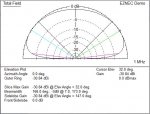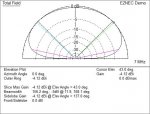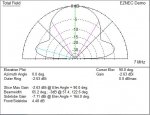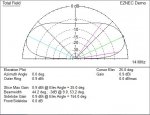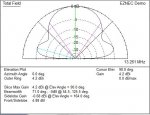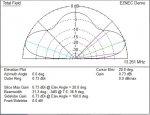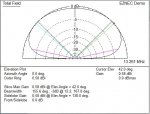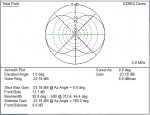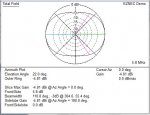BDM123
Member
I'm adding this strictly for informational reasons. I've read and have been asked about loop characteristics in the past. This isn't intended for those in the know. Just for those learning more about loops. I plan to mount this loop 35' on my roof and cut the cable down to 25'. Right now it's 12' up behind the garage with 100' of quad shield RG6. I want to see what if any effect this will have getting it up and in the clear. Mostly for noise and low band.
Pixel Pro 1B active loop antenna nulls - YouTube
Pixel Pro 1B active loop antenna nulls - YouTube


